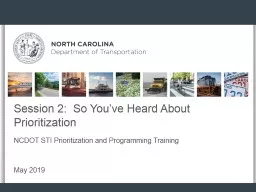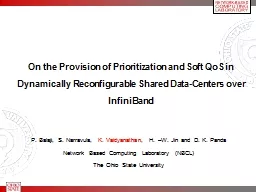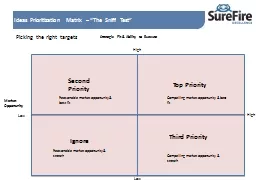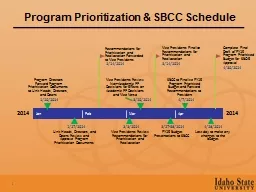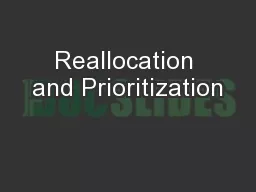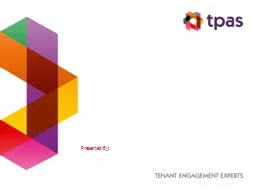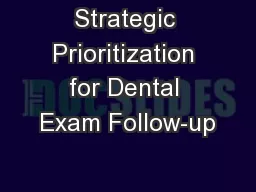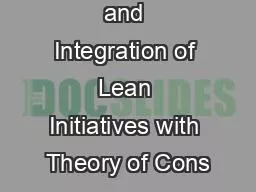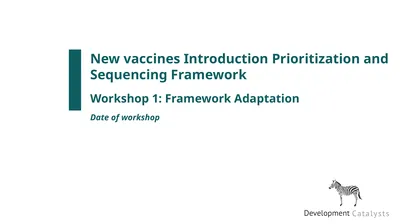PPT-Session 2: So You’ve Heard About Prioritization
Author : phoebe-click | Published Date : 2019-11-21
Session 2 So Youve Heard About Prioritization NCDOT STI Prioritization and Programming Training May 2019 History of Prioritization 3 2008 2009 2010 2011 2012 2013
Presentation Embed Code
Download Presentation
Download Presentation The PPT/PDF document "Session 2: So You’ve Heard About Prio..." is the property of its rightful owner. Permission is granted to download and print the materials on this website for personal, non-commercial use only, and to display it on your personal computer provided you do not modify the materials and that you retain all copyright notices contained in the materials. By downloading content from our website, you accept the terms of this agreement.
Session 2: So You’ve Heard About Prioritization: Transcript
Download Rules Of Document
"Session 2: So You’ve Heard About Prioritization"The content belongs to its owner. You may download and print it for personal use, without modification, and keep all copyright notices. By downloading, you agree to these terms.
Related Documents

